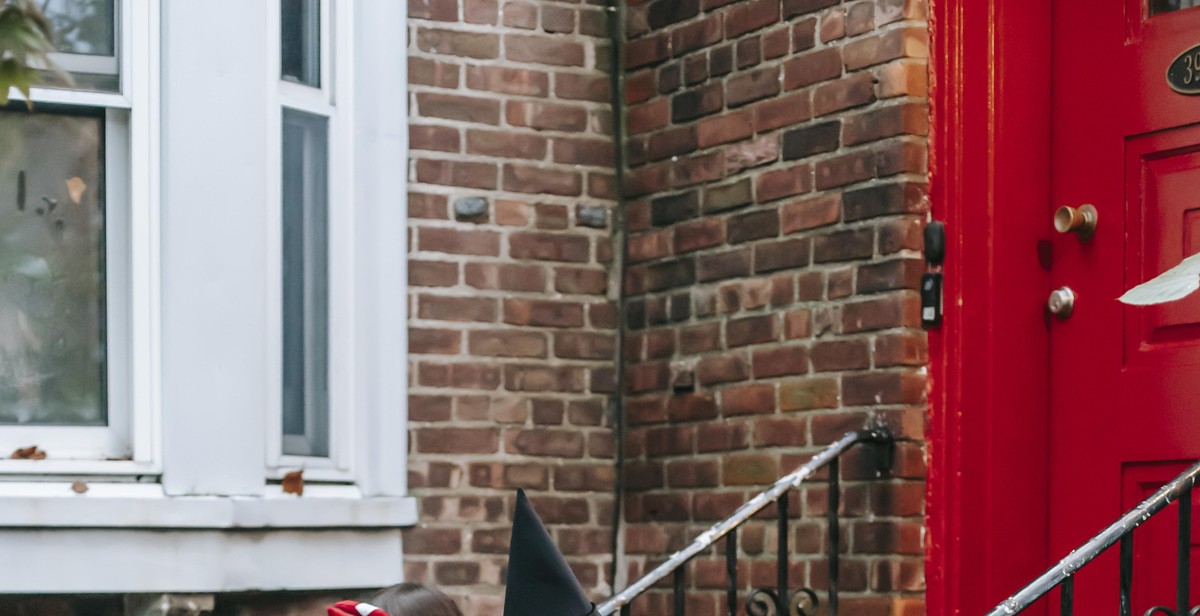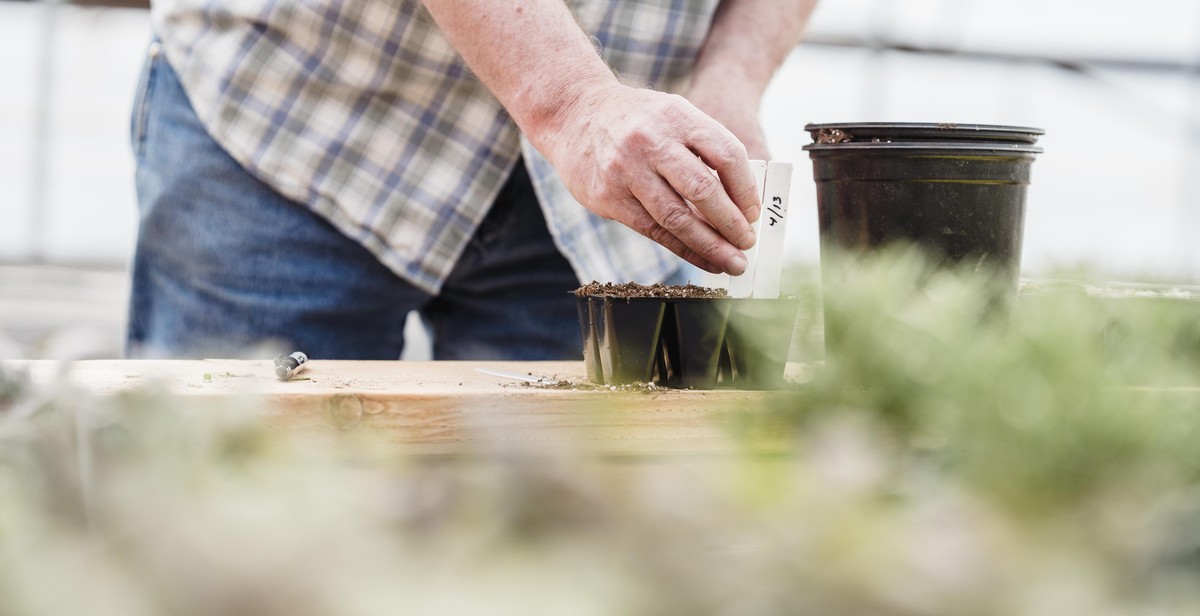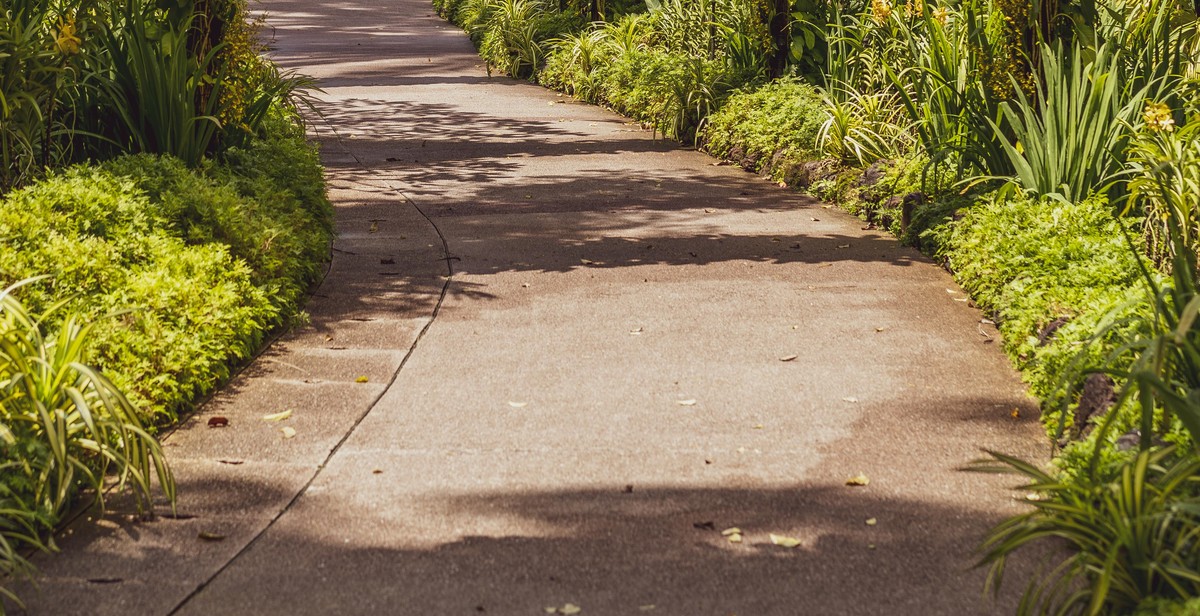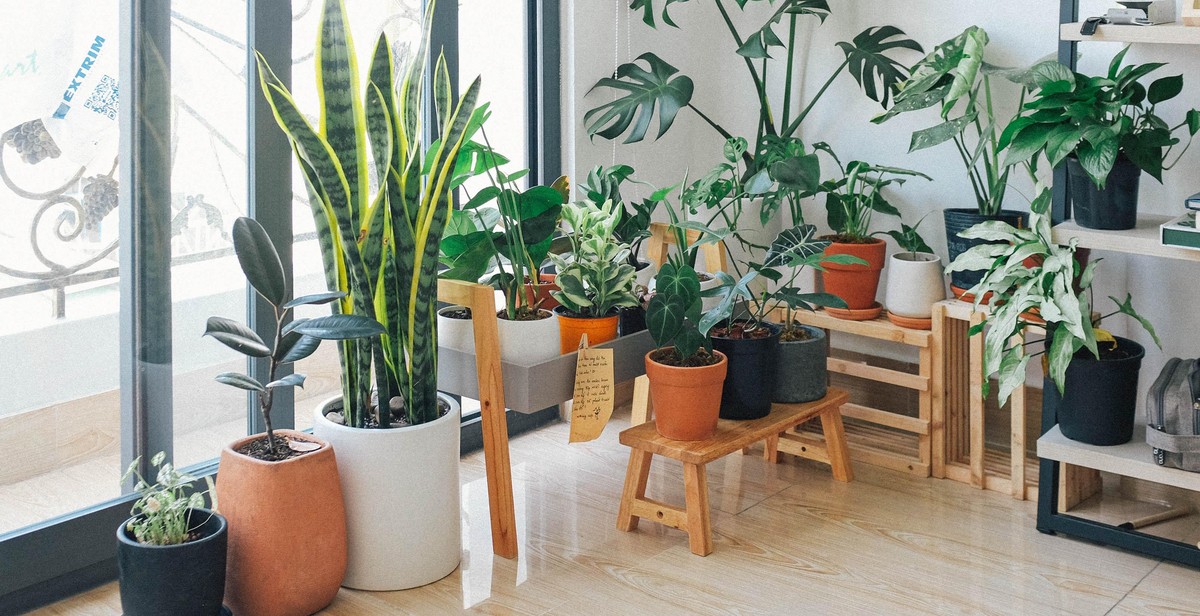How to Create a DIY Fairy Garden in a Container
Fairy gardens are a popular way to add a touch of whimsy to your home or garden. These miniature gardens are often created using small plants, miniature accessories, and even fairy figurines. One of the best things about fairy gardens is that they can be created in a container, making them perfect for small spaces or those who don’t have a lot of outdoor space.
In this article, we will guide you through the steps to create your own DIY fairy garden in a container. We will cover everything from selecting the right container and soil to choosing the perfect plants and accessories to bring your fairy garden to life. Whether you’re a seasoned gardener or a beginner, creating a fairy garden is a fun and rewarding project that anyone can enjoy.
Why Create a Fairy Garden?
Creating a fairy garden is a great way to express your creativity and add some magic to your home or garden. These miniature gardens are perfect for those who want to add a touch of whimsy to their space, and they can be customized to fit any style or theme. Whether you want to create a fairy garden that is full of bright colors and bold patterns, or one that is more subdued and natural, there are endless possibilities when it comes to designing your own fairy garden.
What You’ll Need
- A container
- Good quality potting soil
- Small plants
- Miniature accessories
- Fairy figurines (optional)
- Decorative stones or gravel (optional)

What is a Fairy Garden?
A fairy garden is a miniature garden that is designed to attract fairies and other magical creatures. It is a small-scale garden that is usually created in a container or a small patch of land. Fairy gardens are often decorated with tiny figurines, miniature houses, and other whimsical items. These gardens are perfect for anyone who loves fantasy and magical worlds.
Types of Fairy Gardens
There are several types of fairy gardens that you can create, depending on your preferences and the space you have available:
- Container fairy gardens: These are the most popular type of fairy gardens, as they can be created in any container, such as a pot, a basket, or a birdhouse.
- Indoor fairy gardens: These are fairy gardens that are designed to be kept indoors, and they are often created in a terrarium or a glass container.
- Outdoor fairy gardens: These are fairy gardens that are created outdoors, in a small patch of land or a garden bed.
- Seasonal fairy gardens: These are fairy gardens that are designed to reflect the seasons, such as a winter wonderland or a spring garden.
- Themed fairy gardens: These are fairy gardens that are designed around a specific theme, such as a beach or a fairy tale.
| Type | Pros | Cons |
|---|---|---|
| Container | Easy to create and maintain, can be moved around | May limit plant choices and space for fairies to roam |
| Indoor | Protected from weather and pests, can be enjoyed year-round | May require artificial lighting and careful watering |
| Outdoor | Natural environment for fairies, more space for plants and decorations | May require more maintenance and protection from weather and pests |
| Seasonal | Reflects the beauty of each season, can be changed throughout the year | May require frequent updates and changes |
| Themed | Allows for creativity and personalization, can reflect personal interests | May require more planning and specialized decorations |

Choosing the Right Container
When creating a DIY fairy garden in a container, it is important to choose the right container for your project. There are three main factors to consider when selecting a container: size and shape, material, and drainage.
Size and Shape
The size and shape of your container will depend on the number and size of plants you want to include in your fairy garden. A larger container will allow for more plants and accessories, while a smaller container may be more suitable for a minimalist fairy garden. The shape of the container can also impact the overall look of your fairy garden. For example, a rectangular container may be more suitable for a modern or contemporary fairy garden, while a round container may be more fitting for a whimsical or natural-looking fairy garden.
Material
The material of your container can also impact the health of your plants. Clay or ceramic containers are porous and allow for better air circulation and drainage, but they can also dry out more quickly. Plastic containers are lightweight and durable, but they may not provide adequate drainage. Metal containers can be stylish and sturdy, but they may rust over time. Consider the pros and cons of each material before making your selection.
Drainage
Proper drainage is crucial for the health of your fairy garden. Make sure your container has drainage holes or create your own by drilling holes in the bottom. You can also add a layer of gravel or sand to the bottom of your container to improve drainage.
| Size and Shape | Material | Drainage |
|---|---|---|
| Consider the number and size of plants to determine the appropriate size and shape of your container. | Choose a material that is suitable for your plants and provides proper air circulation and drainage. | Ensure your container has drainage holes or add a layer of gravel or sand to the bottom for improved drainage. |
By considering the size and shape, material, and drainage of your container, you can create a healthy and beautiful fairy garden that will thrive for years to come.

Selecting the Perfect Plants for Your DIY Fairy Garden
One of the most important aspects of creating a DIY fairy garden in a container is selecting the perfect plants. Fairy gardens are miniature gardens that are full of life and color, so it’s important to choose plants that are small in size and can thrive in a container. Here are some tips for choosing the right plants for your fairy garden:
Fairy Garden Plants
When it comes to selecting plants for your fairy garden, there are a few things to keep in mind. First, choose plants that are small in size and have a compact growth habit. Some of the best plants for fairy gardens include:
- Sedums
- Miniature roses
- Thyme
- Miniature hostas
- Creeping phlox
- Miniature ferns
These plants are not only small in size, but they also come in a variety of colors and textures, which will add interest and depth to your fairy garden.
Choosing Your Plants
When selecting plants for your fairy garden, it’s important to consider the growing conditions of your container. Make sure the plants you choose have similar sunlight and water requirements, as well as soil preferences. Also, consider the theme of your fairy garden. If you’re going for a woodland theme, choose plants that are native to wooded areas, like ferns and mosses. If you’re going for a more whimsical theme, choose plants with colorful blooms, like miniature roses and petunias.
| Plant | Sunlight Requirements | Water Requirements | Soil Preferences |
|---|---|---|---|
| Sedums | Full sun to partial shade | Drought tolerant | Well-draining soil |
| Miniature Roses | Full sun | Regular watering | Well-draining soil |
| Thyme | Full sun | Drought tolerant | Well-draining soil |
By carefully selecting the right plants for your DIY fairy garden, you can create a magical miniature world that will delight and enchant both kids and adults alike.

Creating the Fairy Garden
Now that you have gathered all the necessary materials, it is time to create your very own fairy garden. Follow these steps to create the perfect DIY fairy garden in a container.
Adding Soil and Drainage
The first step in creating a fairy garden is to add soil and drainage. Fill your container with potting soil and add a layer of rocks or pebbles at the bottom for drainage. This will help prevent water from accumulating and causing root rot. Make sure to leave enough space at the top for your plants and accessories.
Designing Your Garden
Now comes the fun part – designing your garden! Choose plants that are small and compact, such as succulents, herbs, and miniature flowers. Arrange them in your container, making sure to leave enough space for your fairy accessories. You can also add a small pathway using pebbles or stones.
Adding Accessories
The final step is to add your fairy accessories. This is where you can get creative and add your own personal touch. You can use items such as miniature fairy houses, fairy figurines, and other whimsical decorations to bring your fairy garden to life. Make sure to arrange them in a way that looks natural and complements your plants.
With these simple steps, you can create a beautiful DIY fairy garden in a container that will bring a touch of magic to any space. Remember to water your plants regularly and keep an eye out for any signs of pests or disease. Happy gardening!

Maintaining Your Fairy Garden
Creating your DIY fairy garden in a container is just the first step. To ensure that your fairy garden thrives and remains beautiful, you need to maintain it. Here are some tips on how to maintain your fairy garden:
Watering and Fertilizing
One of the most important things to remember when maintaining your fairy garden is to water it regularly. Fairy gardens are typically planted in containers, which can dry out quickly. Make sure the soil in your container is always moist, but not waterlogged. You can test the soil moisture by sticking your finger into the soil. If it feels dry, it’s time to water.
Fertilizing is also important to keep your fairy garden healthy. You can use a slow-release fertilizer or a liquid fertilizer. Follow the instructions on the package for the best results. Be careful not to over-fertilize, as this can damage your plants.
Pruning and Trimming
Regular pruning and trimming are essential to keep your fairy garden looking neat and tidy. Trim back any dead or dying leaves and flowers, as well as any overgrown branches. This will help to promote new growth and prevent disease.
You can also prune your plants to shape them into the desired form. For example, if you have a miniature tree in your fairy garden, you can trim it to make it look like a bonsai tree.
Remember to use clean, sharp tools when pruning and trimming your plants. This will help to prevent the spread of disease.
By following these tips, you can maintain your DIY fairy garden in a container and enjoy it for years to come.

Conclusion
Creating a DIY fairy garden in a container can be a fun and rewarding project for both adults and children. With a little bit of creativity and some basic supplies, you can bring a magical world to life right in your own backyard.
When starting your fairy garden, it’s important to choose the right container and soil, as well as the right plants and accessories. Remember to keep the scale in mind and choose items that are appropriately sized for your container.
Don’t be afraid to get creative with your fairy garden design! Experiment with different layouts, accessories, and plants to create a unique and personalized fairy garden that reflects your own style and personality.
With proper care and maintenance, your fairy garden can continue to grow and evolve over time. Keep an eye on the plants and accessories, and make sure to water and prune as needed. And most importantly, have fun and let your imagination run wild!
Creating a DIY fairy garden in a container is a great way to add a touch of magic and whimsy to your outdoor space. So why not get started today and see where your imagination takes you?
